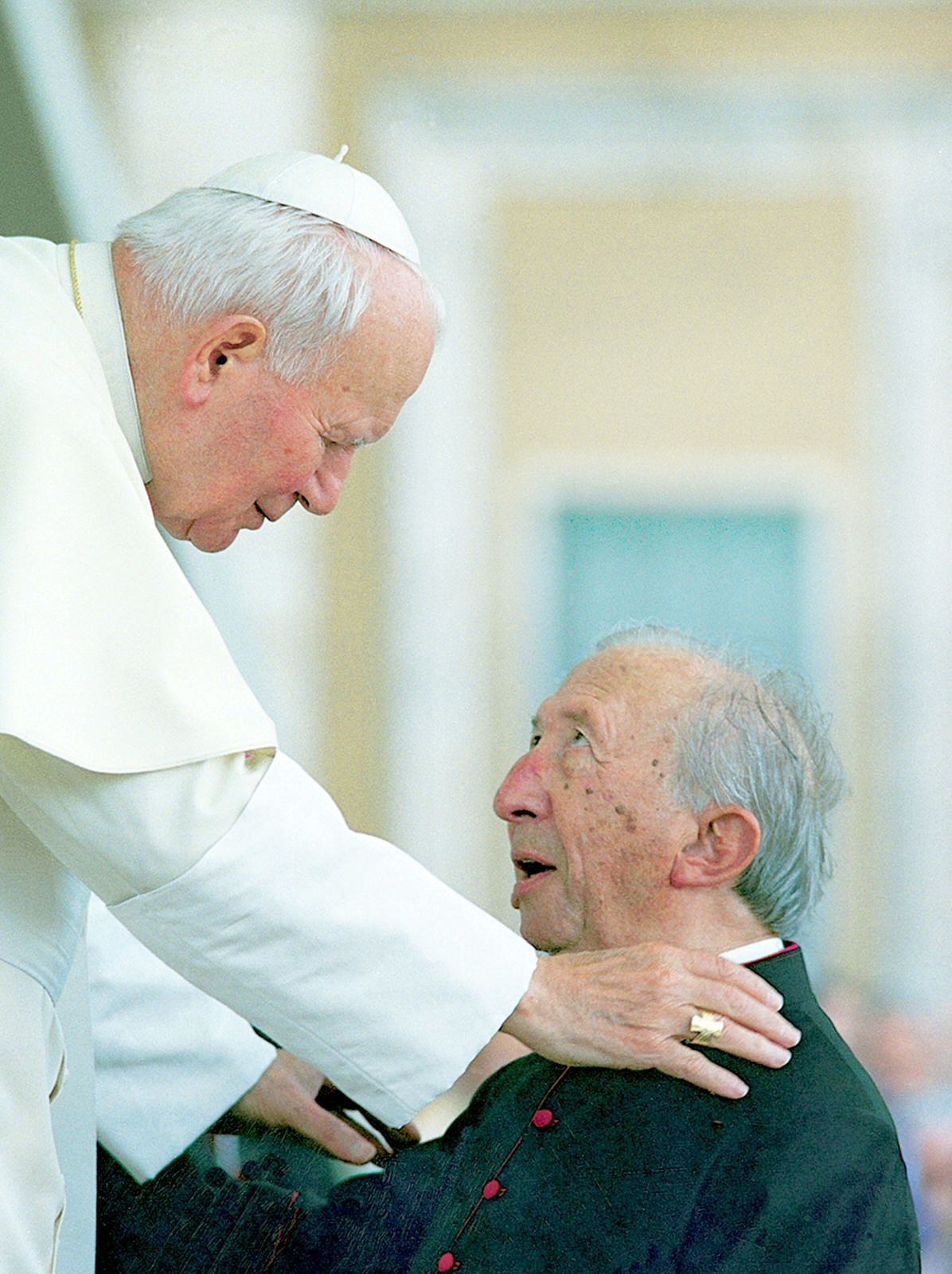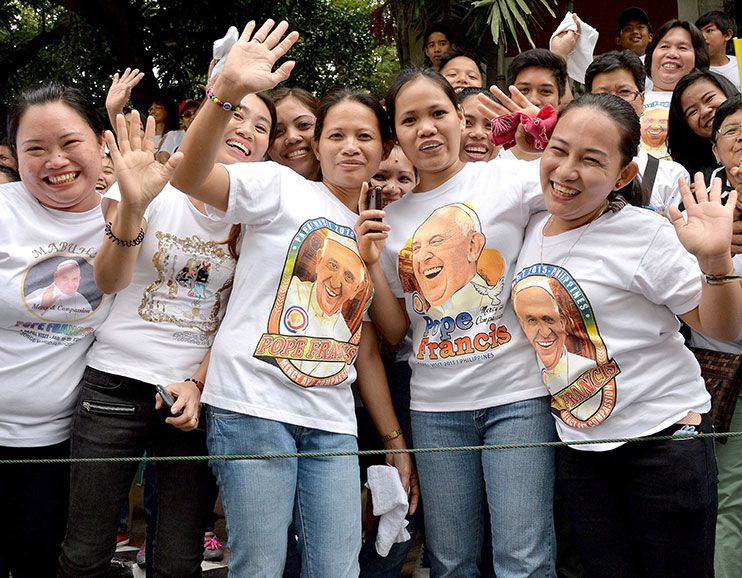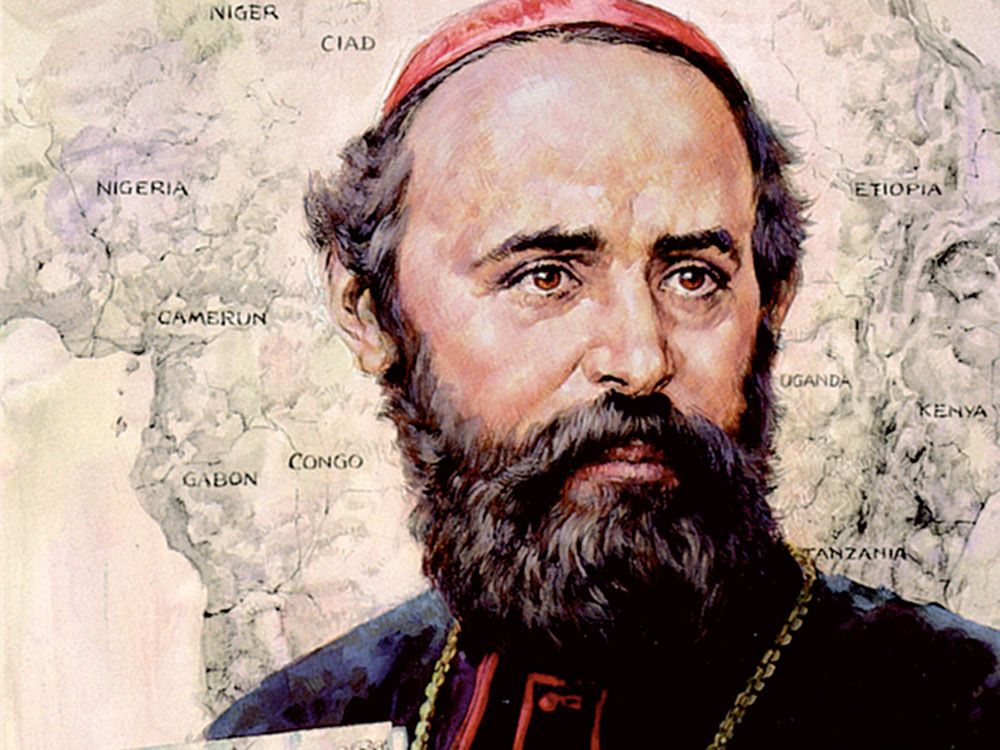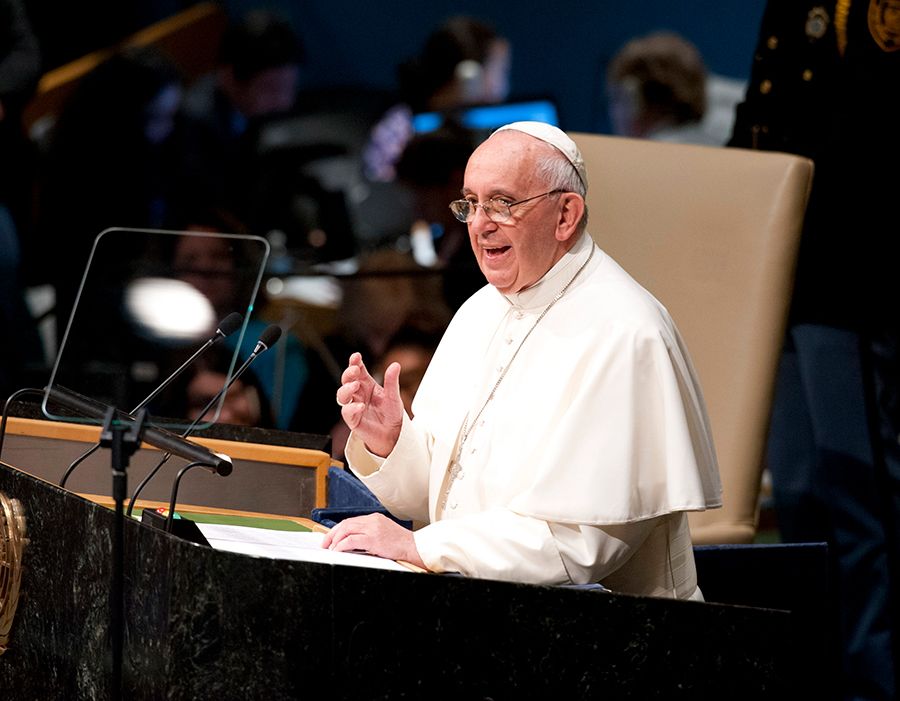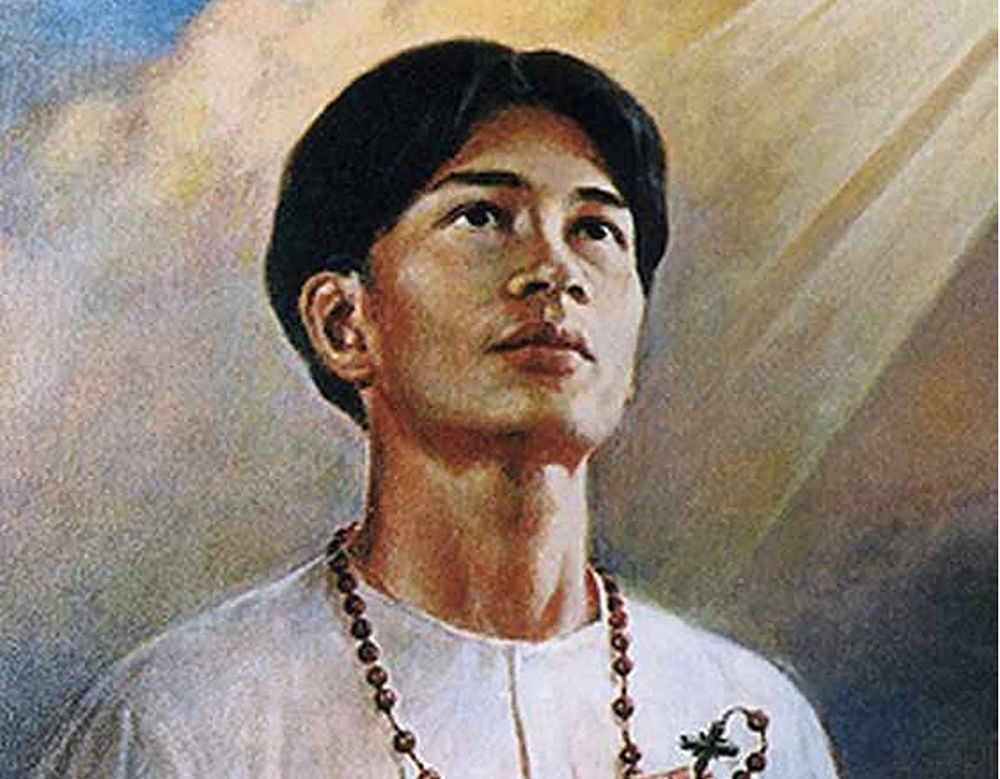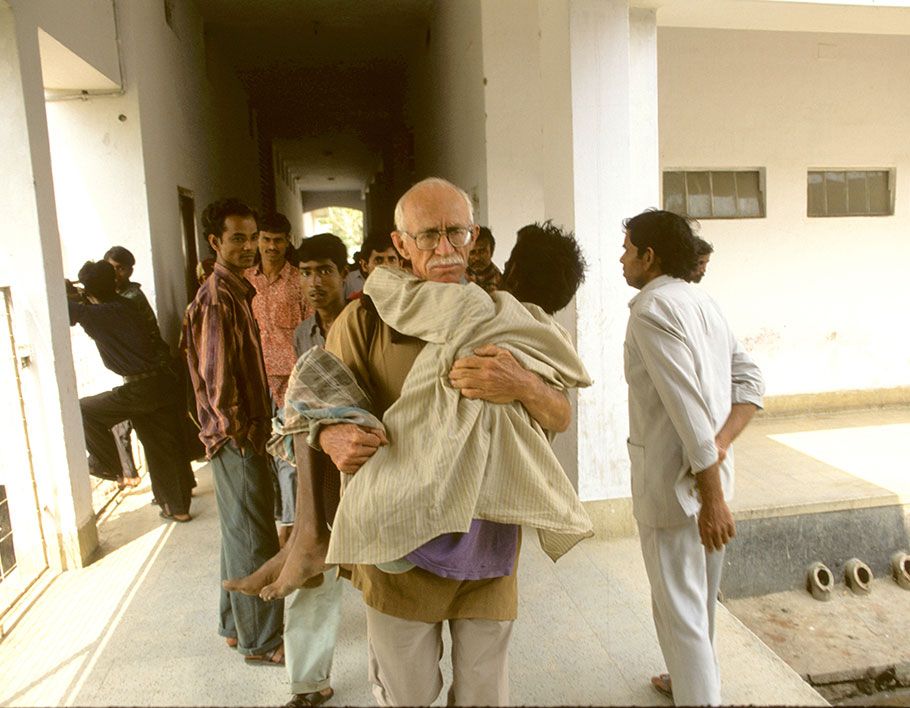Missional Worship and Worshipful Mission is the title of a book by Ruth A. Meyers, in which she explores the dynamic relationship between worship and mission. The adjective “missional” is proper to the free church movement of ‘Emergent Churches,’ which is used as an alternative to the more common adjective “missionary,” in order to emphasize how “mission” permeates every aspect of what the church does, including worship. “Missional” worship is not referring to liturgical services for missionary gatherings but rather to a fundamental dimension of Christian worship. Correspondingly, the other expression “worshipful mission” is meant to indicate a constitutive connotation of Christian mission.
There have been times in which worship was supposed to take place inside the church, as a sacred space for the members of the Church, while mission occurred outside for non-Christians and engaged the outside world. Under such a model, the connection between worship and mission is superficial; at its best, with worship empowering mission. Worship and mission represented two very distinct spheres of Church’s activity. Furthermore, whatever relation was established between these two spheres, the overall movement was “centripetal,” directed towards the “inside,” since the “going-out” of mission was intended to “gather in” people into the Church. It is different from the missionary movement outlined by Pope Francis’ call to go out to the existential peripheries of our world and there share with the poor one’s own life and the joy of the Gospel.
The modern liturgical and missionary movements have both contributed to the recovery of a closer relationship between liturgy and mission, worship and Christian witness in the world: the liturgical movement by restoring the liturgical celebration to the very heart of the Church, and the missionary movement by identifying in mission the meaning of her existence.
These two ecclesial perspectives have been adopted by the Vatican Council II: a Church that is missionary by its very nature but, at the same time, finds its center in the liturgical-Eucharistic act.
The “gathering and sending” model
By using the metaphor of a heart, some see liturgy as developing a two-fold movement of diastole and systole, and define its relationship to mission in terms of “gathering and sending”: the Christian community is gathered in worship in order that it might be empowered to engage in mission. Particularly, through the sharing in the life-giving Body and Blood of Christ in the Eucharist, Christians are enabled to go out into the world for a missionary witness and, in turn, to share with others the divine life that they have received.
The merit of this model is that it highlights the missionary dynamism of the liturgy and underlines important aspects of the dynamics inherent in the relationship between liturgy and mission: worship and mission are so essential for the life of the Church, as breathing in and breathing out are for a living being. In this sense, it has certain plausibility.
On the other hand, however, the definition of the relationship of liturgy and mission, in terms of gathering and sending, depicts the liturgy still as an inward movement, as distinct from the outward movement of mission, just in the same way that the diastole is distinct from the systole, and it implies the idea that the act of worship is an interruption in the Church’s being in mission. The paradox would be that, in the liturgical-Eucharistic act which is supposed to be the principal manifestation of the Church (SC 41), the Church, being missionary by her very nature, would not be actually “in mission.” The liturgical moment cannot, then, be viewed as a break along the way but it should rather be lived as an essential part of being on the way. Liturgy cannot be simply preparatory or consequent to mission. If liturgy constitutes the heart of a Church that is by nature missionary, then the coming together in worship takes place in mission.
The “worship outside of” model
Others approach the relationship between liturgy and mission from the point of view of the Church as essentially missionary and claim that the concerns and activities of the Church-in-mission should be brought directly into worship so to reshape it around an outward focus.
Worshipping in engagement with the world represents the very challenge of this model. It is rightly stressed that taking part in Christian liturgy does not mean entering into a sacred enclave but, rather, becoming an active part of a world transformed by the Spirit of God. In this sense, the “outside” of world and mission is “internal” to Christian worship and liturgy is in itself an evangelizing event.
God’s Mission and the Liturgy of the World
To come to an understanding and practice of mission as intrinsically connected to liturgy and, reciprocally, of worship as a missionary act, the theological discourse has to move beyond the Church and her missionary and liturgical practices and find out where they are rooted.
It is significant, in this regard, that whenever the Second Vatican Council speaks of Church or liturgy or mission, it always starts from the Trinity and its historic-salvific action. That is to say that, at the heart of all things, is the Trinitarian God in His dealing with the world; all the rest is relative to it.
The Council repeatedly affirms that both Church and all her activity stem from the movement of the Trinitarian God towards the world, in an act of self-communication and self-giving to the self-emptying and self-alienation of the Crucifix so that the whole of creation might share in the fullness of the divine life.
At the beginning there is God as God-in-Mission. From the dawn of creation, the Holy Spirit is actively present in the world and day after day opens the reality of the world and of human history to the coming of the Kingdom of God and engraves in it the story of Jesus crucified and risen. Not only does the Spirit work in human beings by grace, but He also enfolds them in grace, in a grace-filled universe, since all is bathed in His life-giving presence. God’s heart beats for the world and for the multitude of His sons and daughters in every age and under every sky, in a covenant relationship with cosmic dimensions. The messianic story of Jesus, as the Incarnate Son/Word made flesh, is the ultimate manifestation of God’s self-drawing, self-effacing but passionate presence in the world and constitutes the key to God’s mission and its character and the criterion for discerning its working in the events and situations of everyday life always charged with ambiguity.
God’s self-communication to the world will not go without producing its fruits in the world, in ways often known to God alone. As Jesus explains in the Parable of the Sower, God sows with prodigality; some seeds get lost but other seeds yield a good harvest (Mk 4:3-9). In His free self-giving, God graciously effects in us the possibility of a free response to His action; actually, that response is already given as a first fruit in the Son Jesus Christ: “In Christ the perfect achievement of our reconciliation came forth and the fullness of divine worship was given to us” (SC 5). God “descends” into the world to make it “ascend” to the domain of divine life. A divine-human gift-exchange unfolds along a “downward” and “upward” movement, in the way of “Jacob’s ladder,” with Jesus Himself as the ladder, mediating both worship to God and, first of all, God’s blessings to humanity. “Truly, truly, I say to you, you will see heaven opened, and the angels of God ascending and descending upon the Son of Man” (Jn l: 51). God’s mission entails God’s worship as its other side.
The act of worship becomes the form of a divine disclosure through which God continues to give Himself to us as He has done in the event of Jesus: “God so loved the world that He gave His only Son…that the world might be saved through Him” (Jn 3:16-17). The transforming love of God is the essential action that makes liturgy what it is. Worship, too, is something that God does, and always with the same purpose, that all might be saved. The God of Jesus, in fact, puts an end to a cult that presents an insatiable god who continually asks and demands; on the contrary, He offers, gives Himself. In doing this, He reveals His glory as the glory of self-giving love.
In a Christian perspective, worship is not so focused on the human response to the action of God as it is on the proclamation of that action itself. In worshipping, we offer what we “receive,” in that we are carried away by the current of God’s gratuitous and unconditional love and shaped by it in our way of living, in a process of learning the art of self-giving love in both the personal and public sphere, and that is the core itself of being saved. The whole movement of divine-human exchange is like a great river of life that, moving from the God the Father through Christ in the Spirit, floods the whole of creation, making it fruitful and, in the Spirit through Christ, takes it with the abundance of its fruits to God the Father as a great hymn of praise.
Everywhere God is at work – “in mission,” there also worship takes place: a universal overflow of divine grace, and an encounter with God beyond and prior to the ‘religious practice,’ realized in a hidden way in the depth of our becoming human and surfacing in the capacity for wonder, hope, freedom, love and compassion, justice and peace, or in experiences of suffering, resilience, joy and so on. Beyond the ritual moment, the liturgical space itself extends to the totality of life in the world, for a “liturgy beyond liturgy”: not only a divine liturgy in the world but, rather, the divine liturgy of the world.
Mission and worship/liturgy are twin aspects of God’s relation with the world – not two separated moments but facets of a single divine movement. God’s mission and the liturgy of the world form a totality in which God is the primary subject of action.
Sharing in God’s mission and God’s world liturgy
The vision of God’s mission redefines the meaning and place of the Church in the economy of salvation. The Church, not just as institution and hierarchy, but as the whole community of believers, in all their gifts and activities, is fruit and part of God’s mission in the world. More than the Church having a mission, it is mission to have a Church. Correspondingly, it is the divine liturgy of the world to have a Church’s liturgy: as the mission of the Church is derivative with respect to God’s mission, so her liturgy is derivative from the one that, in the world, flows from God’s action. Both in her mission and in her worship, the Church “reflects the world-relatedness that is part of God’s own being” (Thomas H. Schattauer).
Both in her missionary activity and in her liturgical celebrations, the Church is constituted as the sign of God’s action in the world and, the “sign lifted up among the nations” (SC 2): the effective sign that reveals the reality of what is experienced and lived in the daily lives of men and women. Through the religious symbols, the ecclesial actions and the whole life of the believing community, the mostly unconscious experience of a graced world and the rather hidden encounters with the gracing God in the midst of everyday living are “named” for what they really are.
By “naming the grace,” the Church not only gives this a new and social visibility but also deepens the experience of it. The Church, in her mission and worship, spells out and enacts the dialogical relationship inherent in God’s engagement with the world. “Presence” is in itself a relational event which, to happen, needs to be acknowledged and welcomed. The presence of God, on its part, and the encounter with Him, though effecting in us the possibility of a response, do make radical transformative demands; Jesus conjugates the good news of the coming of God’s Kingdom with the urgency of conversion. Moreover, because of its hidden character, the experience of God in the course of ordinary life goes together with a sense of His absence. It is, then, at this level that the Church’s mission and worship play their decisive role, by offering, in practical terms, a way of access to the experience of God that, though being there, remains not fully available to us.
Specifically, by being named and finding a concrete and visible form in the community of Jesus’ disciples, the universal encounter with God involves people directly in a response modelled after God’s gift of Himself as revealed and lived by Jesus Christ and engages them, beyond the search of an individual salvation, in the construction of a new world based on a logic of mutual gift.
Having clarified how the Church’s liturgy and mission are intrinsically related to each other, what still remains to be seen is the specific shape of a mission-driven liturgy and the image and practice of a worship-shaped mission. One should also consider the possibility of cross-fertilization between the liturgy and mission of the Church and in which way they could act as correctives, to one another.









